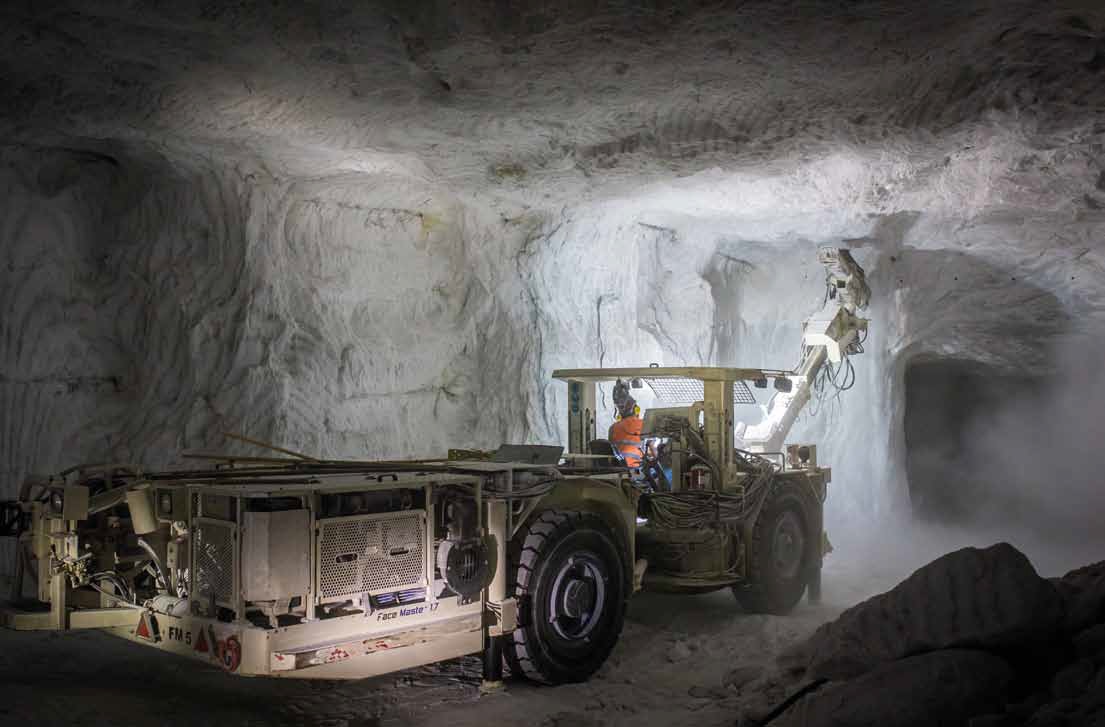Most of us just couldn’t do without salt. We need it every day, be it for cooking or for food preservation. In the past, however, salt has been a civilisation driver.
The mankind has used rock salt since the third millennium BC. It was first mentioned in Egyptian documents. Salt was considered as excellent curative and food curing product already in the antiquity. The Greeks used it for food preservation, while the Hebrews made salt offerings during religious ceremonies.

Rock salt. Photo by: Dariusz Iwański
The salt was valued so highly that it has been used as a legal tender since antiquity. Remuneration was commonly paid in salt – in Rome soldiers were paid with it. In fact the word “salary” is derived from the Latin “salarium”. In Tibet and Ethiopia even salt coins were minted. In the Middle Ages it was called the ”white gold”. Salt was so highly valued in Poland that courts imposed fines expressed in lumps of salt. Hence “to pay the price of salt” means in Polish “to pay an exorbitant price”.
The salt was likely a cause of many conflicts, including wars. Some historians believe that the contested salt tax, imposed as early as 1340, was a reason behind the outbreak of the French Revolution.
Salt was first used in industry in the 19th century. Since then, the range of salt applications has been steadily growing – it is now being used in more than 14,000 products.
Rock salt is a sedimentary rock composed predominantly of halite – NaCl (sodium chloride). Halite is a mineral with perfect cubic cleavage, low hardness (Mohs scale 2-2.5) and a density of 2.1-2.2 g/cm3. It is easily soluble in water and has a good thermal conductivity. Rock salt is well deformable in high temperature and pressure conditions.
Surface and underground water contains dissolved chemical compounds, including sodium chloride. Salt deposits are formed as a result of water evaporation from large shallow sea basins or brackish terrestrial reservoirs in dry and warm climate conditions. Usually, least soluble components – carbonates – are the first to precipitate, followed by sulphates (gypsum, anhydrite) and finally by chlorides (halite and potassium-magnesium salts).
Rock salt deposits contain admixtures of anhydrite, gypsum, carbonates, clays, sodium sulphate, magnesium sulphate/ chloride, organic and bituminous admixtures, as well as gas and brine inclusions.

Source: Kopalnia Soli „Kłodawa”/“Kłodawa” Salt Mine
Photo by: Aleksander Ochendalski








